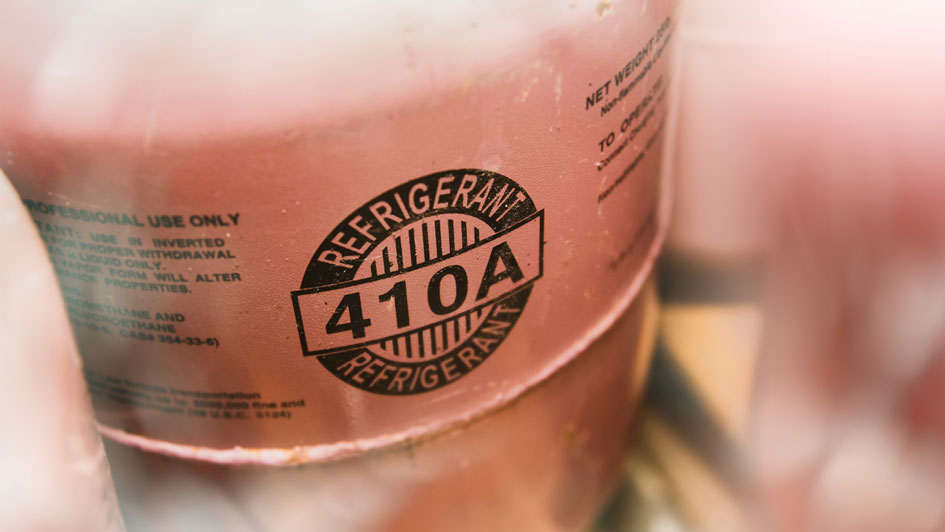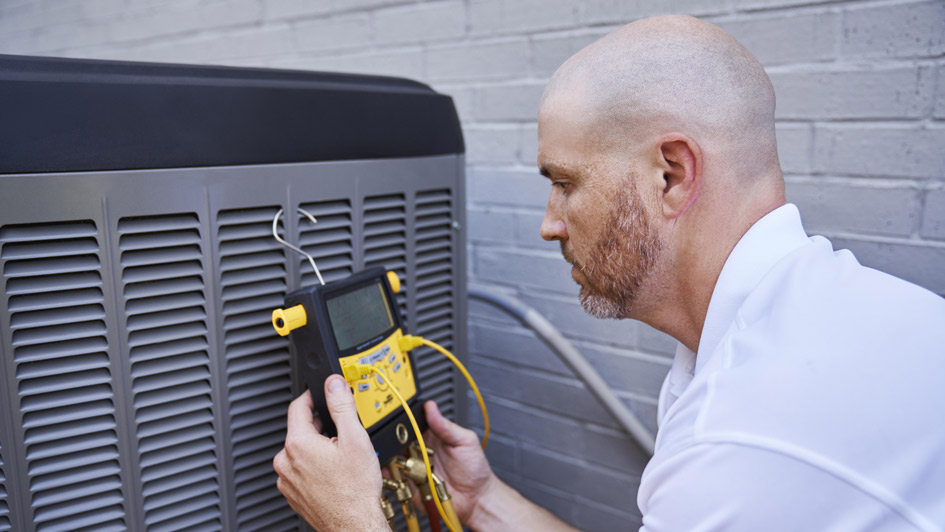Blog
Serving Des Moines and These Areas
About Kohles & Bach Heating & Cooling
At Kohles & Bach Heating & Cooling, your home comfort is our highest priority. That’s why we provide dependable HVAC solutions and outstanding work in Des Moines. Our technicians are skilled in a wide range of services, so you can be confident in your results. They’ll give the help you are looking for, whether it’s installing a new HVAC system or servicing and tuning up your existing unit. We’re here to help with all of your needs, so call us at 515-278-2900 or contact us online to schedule an appointment today.
Kohles & Bach Heating & Cooling
5185 NW Beaver Dr
Johnston, IA 50131-1331
Phone: 515-278-2900
Email: [email protected]
License #50076
Mon-Fri: 8am – 5pm
24 hour service available!
© 2025 Kohles & Bach Heating & Cooling | All rights reserved








